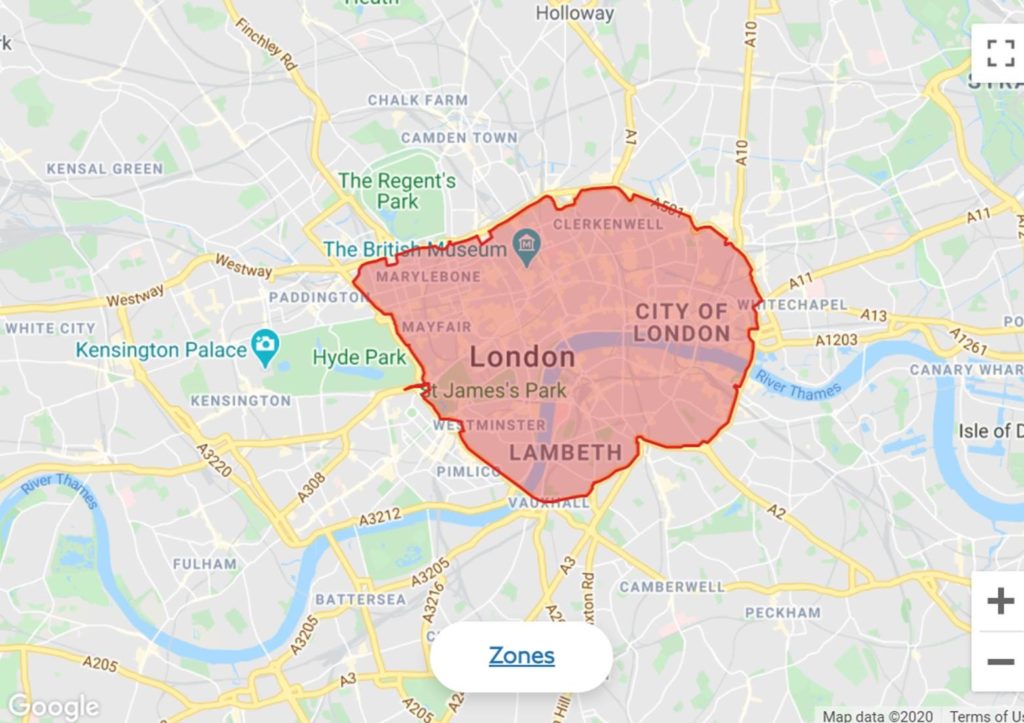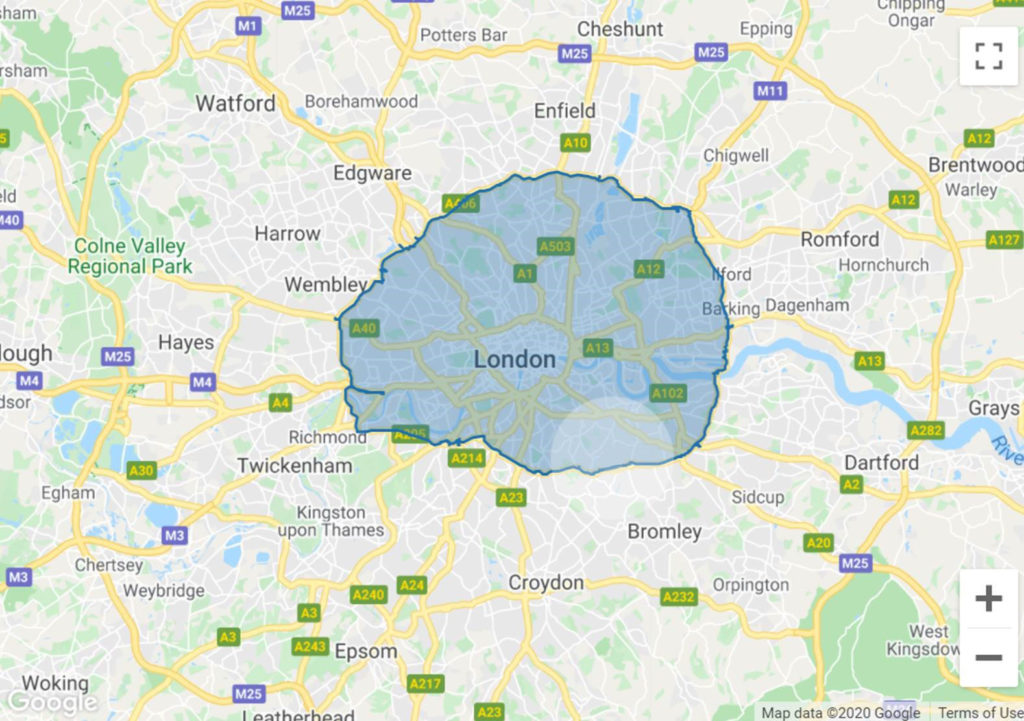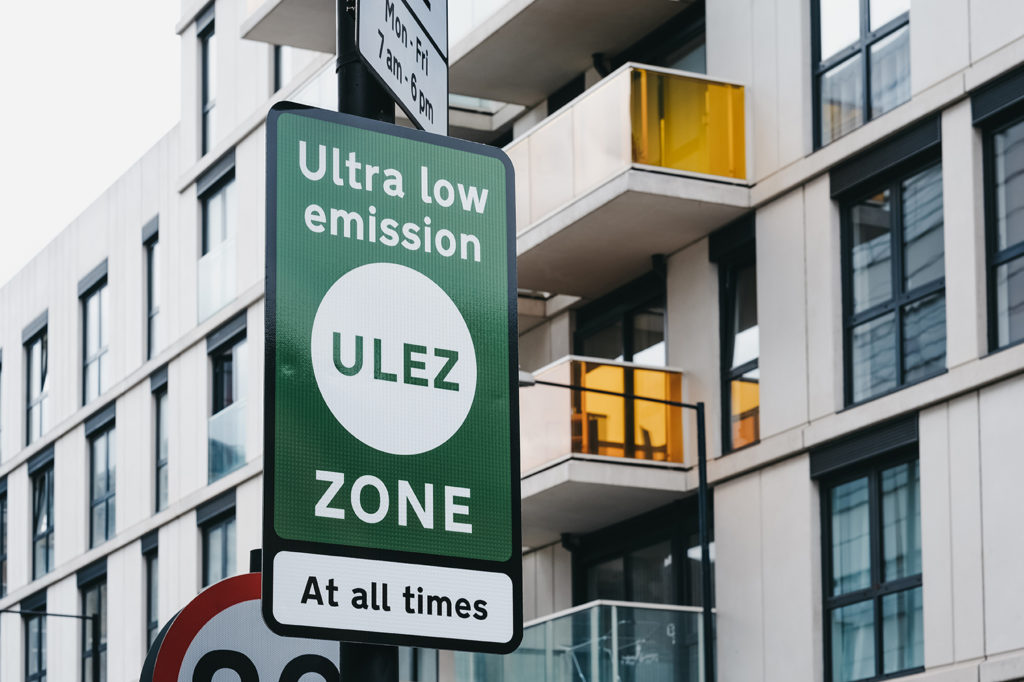A review of the impact of the Ultra Low Emission Zone (ULEZ) in the Capital has been conducted by scientists at King’s College London. Analysis has revealed that Nitrogen Dioxide fell by 44 per cent in central London between early 2017 and 2020. Yet more may need to be done to reach safe air targets and prevent further related premature deaths.
The ULEZ, which replaced the T (for toxicity) charge in April 2019 and upgraded the vehicle emission performance requirements as well as extending the operating period, has resulted in 44,000 of the worst polluting vehicles being removed from the Capital’s roads. Many business owners, taxi drivers, tradesmen, courier firms and HGV operators have highlighted the economic hardship that this measure has inflicted. Whilst health campaigners point to the fact that over 9,000 people in the capital died in 2015 due to poor air quality and in excess of 2 million residents were housed in affected areas.
So at least, according to academics, the controversial measure is contributing to a significant dramatic fall in air pollution. The benefits are also evidenced in outer London where pollution levels have fallen by 10%. Its believed that this was caused by drivers based further out, predominantly commercial vehicle owners that need to visit central London for work, upgrading to lower emission vehicles sooner than they would have done so without the legislation.
Current Ultra Low Emission Zone

The wider reductions have been felt even before the ULEZ is extended to include the Capital’s north (A406) and south circular (A205) roads. This is due to take place next October. At which point drivers of diesel vehicles not conforming to Euro 6 emission standards and any petrol not conforming to Euro 4 emission standards will have to pay £12.50 per day to enter the zone. This enlarged area covers half a million daily journeys, ten times the current volume. It will also encompass the homes of 3 million people compared to just 170,000 at present. This is aimed at tackling the fact that despite improvements, particle pollution levels in 90% of London exceed World Health Organisation limits. TfL estimate that 4 out of 5 of the Capital’s vehicles already comply with the requirements.
Extended ULEZ from 25th October 2021

King’s College London’s report estimates that the imposition of ULEZ has accelerated air quality improvements by 193 years. The capital’s road users maybe be hoping that these positive figures will help counter act any calls for the Congestion Charging Zone to also be widened. However the CCZ’s extension is potentially less about improving air quality and more to do with making up a shortfall in the funding of a bankrupt TfL.
Interestingly, perhaps due to the ongoing reduction in revenue London’s regulator has announced that from 25 October 2021 only battery electric or hydrogen fuel cell vehicles will be eligible for the Cleaner Vehicle Discount on the Congestion Charge. The discounted rate will expire at Christmas 2025. From then onwards, zero emission capable vehicle owners will need to pay to drive within the central London Congestion Charge zone.
Follow the link to read the Full ULEZ Air Quality Impact Report
Find out why 96% of our customers have rated us 4 stars or higher by reading our reviews on Feefo.


